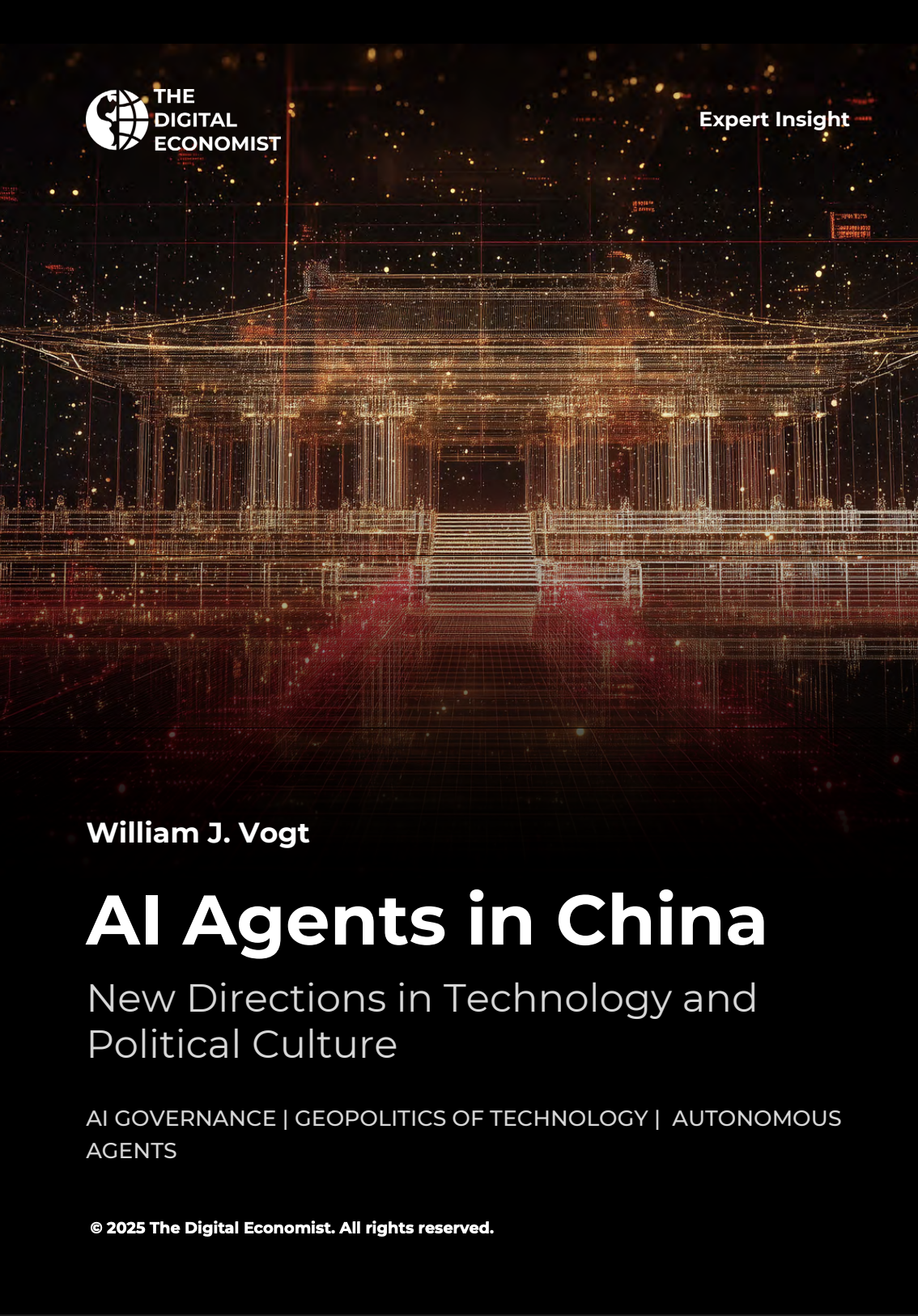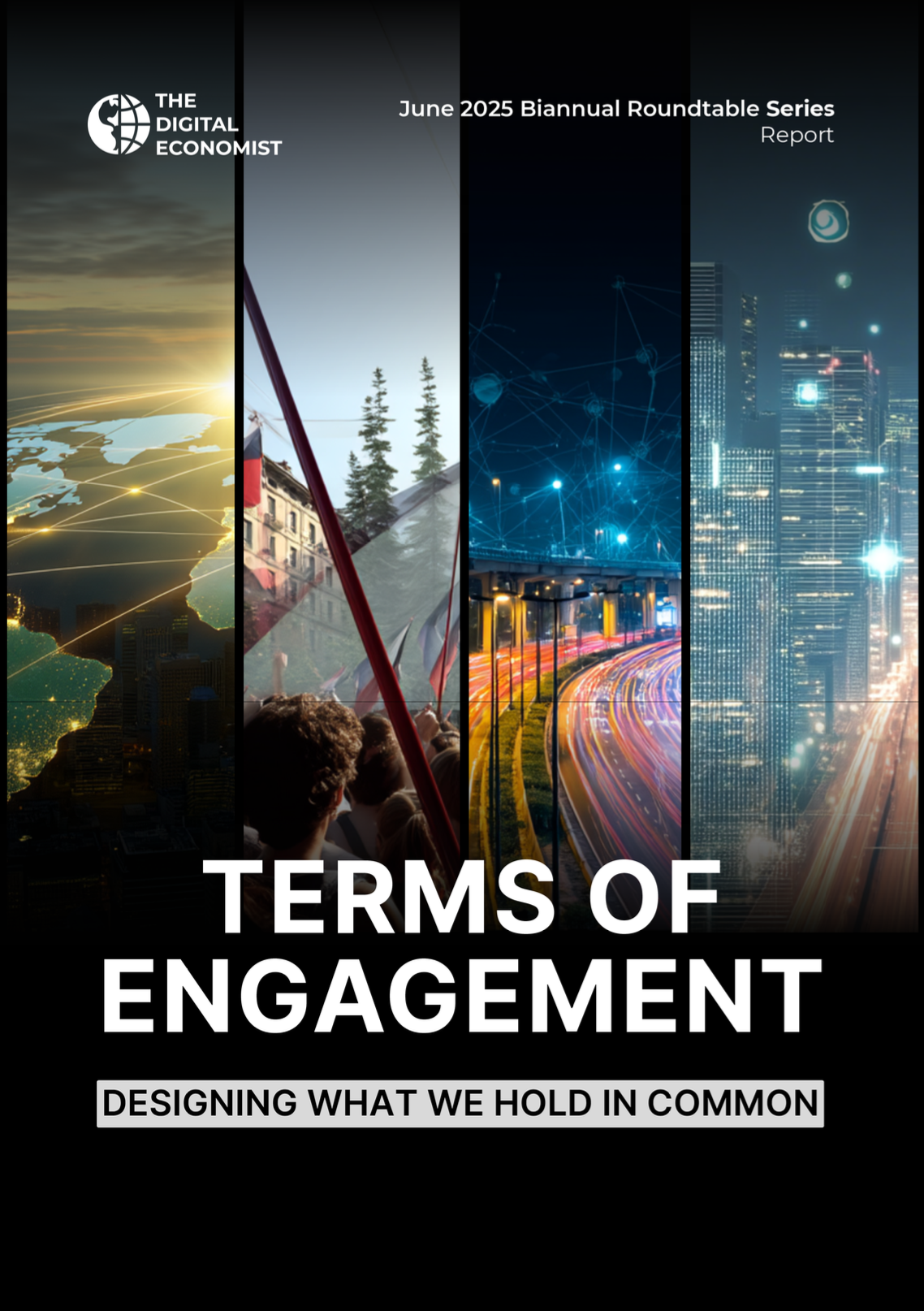
China has become a world leader in AI development and innovation, and its statebased system, as discussed in this paper, has created new platforms that arehighly competitive in the global AI market. The nature of this type of technologyinnovation runs counter to the better-understood Western path of techdevelopment as defined by private sector dominance in investment and productdevelopment. This difference highlights the need for greater conversationsabout use and governance in digitally connected societies. Such conversationswill become more urgent as Chinese AI innovations grow more powerful andmay be adopted in countries around the world. This is particularly the case asChina may be advancing towards creating a global standard for technologymediated societal development in a growing push towards singularity.1Recent introductions from Chinese companies like Butterfly Effect (BF)—especially its Manus agent—demonstrate Beijing’s ability to pursue newadvancements and shape narratives about AI use and governance. Suchintroductions present advanced and competent competition for Western-basedAI products from core firms like OpenAI, Google, Meta, etc. These autonomousAI platforms (“agents”) are designed to lead complex, automated tasks wherea human can exist outside of the execution and decision-making loop. In thisway, the idea of AI agents aligns well with the Chinese government’s prioritiesto support and maintain a superior indigenous development ecosystem. Thisreality is evidenced by growing competition among similar AI products in thedomestic Chinese market, including innovations from major tech companieslike Deepseek and ByteDance.That said, these developments also reflect worrying trends that pose seriousethical, political, and economic concerns. These concerns extend beyond moralconsiderations for humanity to include the continued dominance of centralizedChinese Communist Party (CCP) control. This is highly significant given the CCP’srole as China’s leading governmental authority and its influence as a motivatorfor continued international tech innovation. China’s growth and influenceinternationally make these takeaways all the more important, for they representthe potential for a new, non-Western model of technology-mediated society totake root, supplanting traditional Western global influence.



